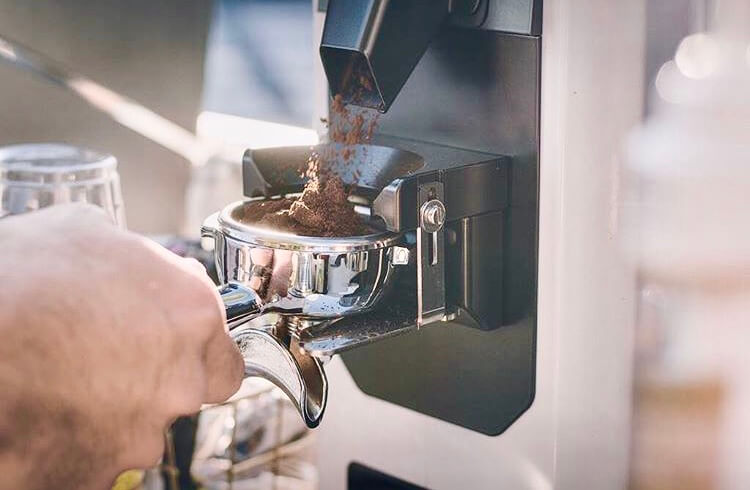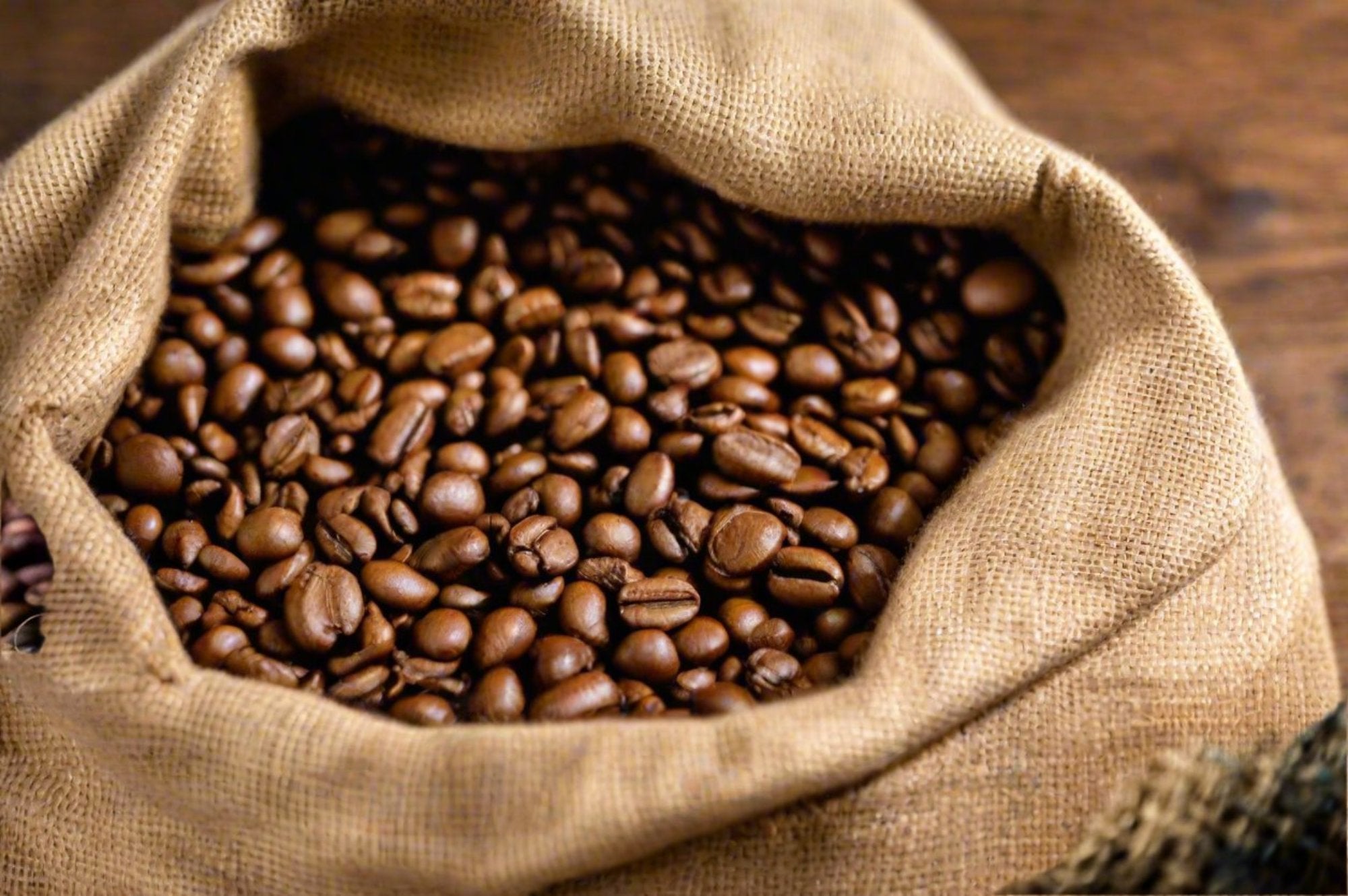The Coffee Lover’s Guide to SOE Single Origin Espresso Selections
The Coffee Lover’s Guide to SOE Single Origin Espresso Selections
Blog Article
Comprehending Coffee Beans: the Trip From Coffee to Blended Coffee Beans

The Origins of Coffee: A Global Viewpoint
While you may think about coffee as a contemporary staple, its origins map back centuries, intertwining with societies around the world. The tale starts in Ethiopia, where tale claims a goat herdsman named Kaldi discovered the invigorating results of coffee beans after noticing his goats frolicking energetically after eating them. This stimulated rate of interest, bring about coffee's infect Arab investors that valued the brewed beverage. By the 15th century, it reached Persia, Egypt, and Turkey, where coffeehouses became social centers for conversation and culture.
As profession paths expanded, coffee made its method to Europe in the 17th century, swiftly obtaining popularity. It changed from a mystical drink right into a day-to-day routine, inspiring events and intellectual exchanges. Each culture added its one-of-a-kind spin to coffee preparation, enriching its background. This international trip highlights how coffee links us, going beyond borders and joining diverse practices with a basic bean.
Farming and Harvesting of Espresso Beans
As coffee's trip progressed, the focus changed to the growing and harvesting of certain bean ranges, specifically those used for espresso. You'll discover that coffee beans often originate from Arabica or Robusta plants, each offering distinct tastes. The excellent expanding conditions consist of high elevations and abundant, well-drained soil, which enhance the beans' quality.
During the harvest, selecting approaches differ. Timing is crucial; you desire to collect when the cherries reach peak ripeness for maximum flavor.
When gathered, the beans are gotten ready for handling, which is essential in establishing their last taste. Understanding the growing and collecting processes offers you understanding into what goes into your preferred coffee, improving your appreciation for each and every mug.
Processing Approaches: From Cherry to Bean
Since you've discovered harvesting espresso beans, let's explore just how those cherries change into the coffee beans you enjoy. You'll see just how different harvesting strategies impact taste, followed by the essential actions of fermentation and drying. Lastly, we'll break down the milling and grading procedure that identifies your coffee's quality.
Harvesting Methods Explained
When it comes to coffee, understanding harvesting methods is essential, considering that they directly impact the flavor and top quality of the beans you enjoy. Careful choosing involves hand-picking just ripe cherries, ensuring you get the best high quality beans. Inevitably, the choice of collecting strategy can greatly influence your coffee experience, so it's worth knowing exactly how those beans made it to your cup.
Fermentation and Drying Out
After harvesting, the following action in handling coffee beans play a considerable role in shaping their flavor. You'll find that fermentation is crucial, as it helps break down the mucilage bordering the beans, improving their taste account. Depending on the approach, this process can last from a few hours to a number of days, with differing results based upon temperature and humidity.
Sun-drying permits the beans to take in flavors from the atmosphere, while mechanical drying guarantees consistent moisture levels regardless of weather. Correct drying out is important to stop mold and protect the beans' high quality, ultimately influencing your cup of coffee.
Milling and Grading Process
As fermentation and drying set the stage for taste growth, the milling and grading procedure assurances that only the best coffee beans make it to your mug. This phase involves eliminating the outer layers of the coffee cherry, including the parchment and husk. After milling, the beans are sorted by size and weight, making certain a consistent high quality. You'll locate that grading aids identify issues and classify beans, which affects flavor and fragrance. High-grade beans get a higher quality, leading to a richer coffee experience. Once rated, the beans are all set for product packaging and shipping, maintaining their unique attributes. This thorough procedure is essential for providing the exceptional taste you enjoy in every sip of your preferred mixture.
Toasting Methods: Opening Taste Possible
When you roast coffee beans, the approach you select can significantly influence the taste account. Recognizing the partnership in between time, temperature level, and roasting strategies is essential to disclosing the potential of your mixture. Let's check out just how these components collaborated to produce the excellent mug.
Roasting Techniques Discussed
While you may think that all coffee roasting methods generate the very same results, the reality is that each technique reveals distinct flavor potentials in the beans. Drum toasting utilizes a revolving drum to uniformly disperse warm, boosting caramelization and generating a balanced flavor. Air roasting, on the various other hand, circulates hot air around the beans, promoting a lighter roast with pronounced acidity.

Influence On Taste Account
Various roasting techniques not just influence the process however additionally considerably affect the flavor account of the coffee beans. Dark roasts, on the other hand, bring out bold, great smoky tastes, sometimes masking the bean's distinct features. Recognizing these subtleties assists you value the creativity behind your mug of coffee, boosting your general experience with every sip.
Time and Temperature Aspects
To launch the full flavor potential of coffee beans, both time and temperature during the toasting process play considerable functions. When roasting, you'll find that higher temperature levels can swiftly develop flavors, but if you rush it, you might wind up with scorched notes. Conversely, lower temperatures enable a much more progressive taste advancement, showcasing the beans' distinct qualities.

Timing is equally as important; expanding the roast also long can bring about a loss of acidity and illumination, while as well short a roast could leave the beans underdeveloped. Discovering that sweet place requires method and experimentation. By readjusting these elements, you can disclose the rich, complicated flavors concealed within each bean, creating a truly remarkable coffee experience.
The Art of Mixing: Crafting One-of-a-kind Coffee Profiles

Start by picking a base coffee that provides a strong structure. A bright Ethiopian bean can bring fruitiness, while a rich Brazilian coffee adds body.
As you blend, bear in mind that each mix narrates. You're not just making coffee; you're producing an experience. So, take your time, preference frequently, and take pleasure in the trip of uncovering your signature mix.
Brewing Approaches: Exactly How Preparation Influences Flavor
Mixing coffee opens a domain name of taste possibilities, yet how you make that mix can significantly affect your last cup. Various brewing methods remove unique tastes and scents, so it's vital to select sensibly. As an example, a French press enables debris and oils to stay, producing a rich, full-bodied experience. On the other hand, a pour-over highlights the coffee's clarity and brightness, perfect for showcasing fragile notes.
Coffee, with its high pressure, produces a focused shot that highlights sweetness and crema. If you choose a lighter brew, take into consideration a cool mixture approach; it generates a smooth, less acidic taste.
Adjusting variables like water temperature, grind dimension, and brew time can change your coffee's profile. Embrace the art of developing to discover the tastes concealed in your coffee blends.
The Future of Coffee: Sustainability and Advancement
As the coffee market progresses, sustainability and technology are ending up being crucial for attending to ecological difficulties and meeting customer needs. You'll notice that even more coffee firms are adopting eco-friendly techniques, from sourcing beans fairly to implementing lasting farming techniques. These shifts not only help the earth yet also improve the high quality of the coffee you enjoy.
You could see developments like eco-friendly packaging and water-saving developing approaches that lower waste. Advanced technology, such as blockchain, is also ending up being preferred, making certain openness in the supply chain, which allows you to trace your coffee back to its origins.
In enhancement, investing in regional areas and supporting farmers via fair profession efforts fosters a more sustainable coffee ecosystem. As you sip your following mug, keep in mind that your choices can contribute to a brighter future for coffee. By choosing for lasting brand names, you're not just taking pleasure in a drink; you're making a positive influence on the globe.
Often Asked Concerns
What Is the Difference In Between Arabica and Robusta Beans?
Arabica beans are smoother, sweeter, and have a higher acidity, while robusta beans are stronger, extra bitter, and consist of more high levels of caffeine. When brewing your coffee., you'll observe these distinctions in taste and scent.
How Does Elevation Affect Coffee Bean Taste?
Elevation impacts coffee bean taste considerably. Greater altitudes create beans with brighter level of acidity and facility flavors, while reduced elevations usually generate beans that are heavier and much less nuanced. You'll discover these differences in your cup!
What Are the Health And Wellness Conveniences of Alcohol Consumption Coffee?
Consuming alcohol coffee can enhance your energy, enhance mental emphasis, and also enhance physical performance. It's rich in antioxidants, may decrease the danger of particular illness, and can advertise a healthier metabolism when consumed in moderation.
Can Coffee Beans Be Recycled for Developing?
Yes, you can reuse coffee beans for brewing, yet the flavor could be weaker. If you enjoy exploring, attempt reusing them in different ways, like cold mixtures or including to shakes for an extra kick.
Exactly how Should I Store Coffee Beans for Quality?
To maintain your coffee beans fresh, store them in an impermeable container in a cool, dark area. Prevent subjecting them to wetness, warmth, or light, as these factors can swiftly degrade their flavor and scent.
Understanding Coffee Beans: the Journey From Espresso to Blended Coffee Beans.
Now that you have actually learned regarding collecting espresso beans, allow's discover exactly how those cherries change right into the coffee beans you love.When you roast coffee beans, the technique you select can substantially impact the taste profile - Single Origin Espresso.While you might think that all coffee roasting techniques produce the very same outcomes, the fact is that each strategy reveals one-of-a-kind flavor potentials in the beans.Different roasting approaches not only influence the procedure but also significantly impact the taste account of the coffee beans
Report this page